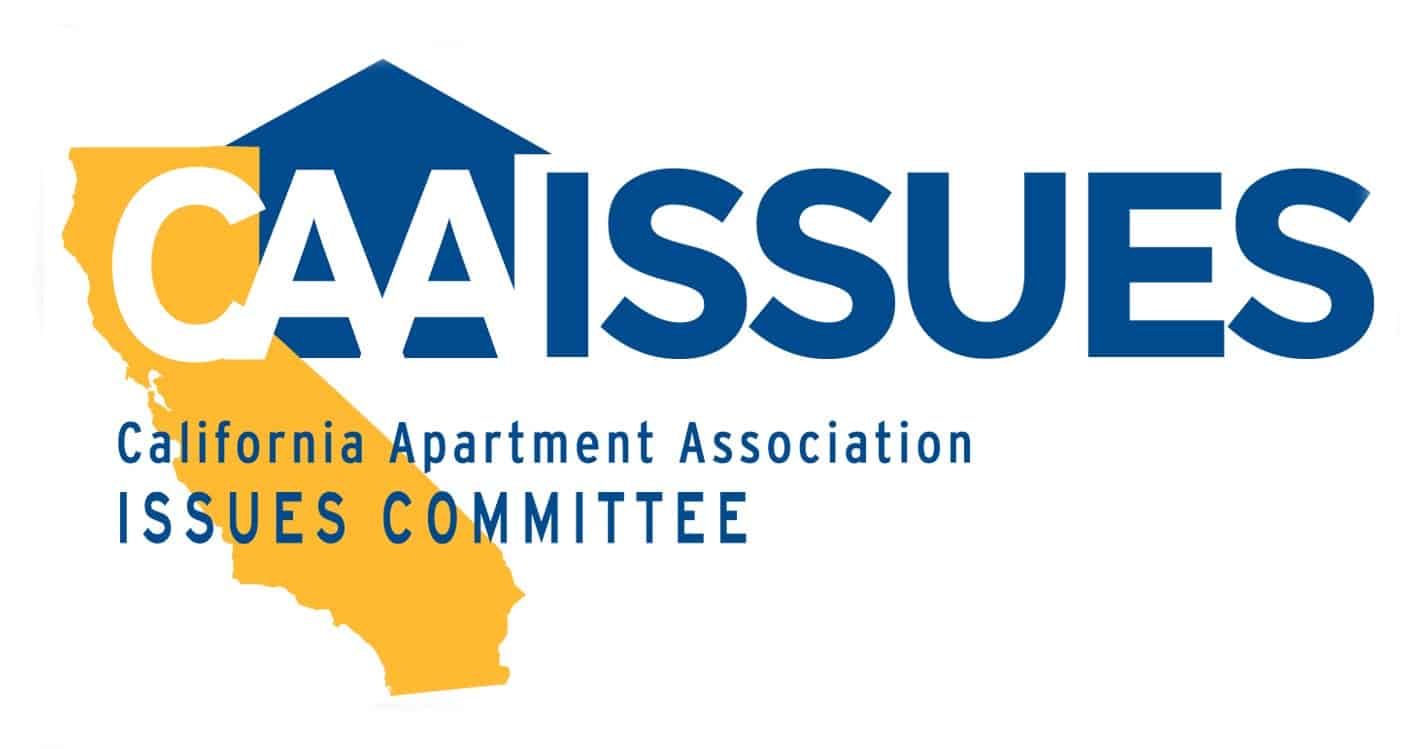The California Apartment Association has requested that San Diego County clarify several of the most problematic ambiguities in the rent control and just cause eviction ordinance adopted by the Board of Supervisors on May 4.
“The ordinance is poorly drafted and suffers from numerous legal defects, ambiguities, and practical issues,” says this letter from CAA to San Diego County’s chief administrative officer, Helen N. Robbins-Meyer. “Unfortunately, the Board of Supervisors chose to adopt the Ordinance despite these many issues, ignoring the concerns raised by CAA and the hundreds of rental housing providers who spoke against the ordinance during the May 4 meeting.”
For example, the ordinance’s rent cap does not apply to properties exempted from rent control under AB 1482, the statewide rent cap passed by the Legislature in 2019, but it fails to recognize that properties guarded against rent control under 1995’s Costa-Hawkins Rental Housing Act should also be exempt.
“The failure of the ordinance to recognize these long-standing exemptions creates significant confusion for housing providers and should be clarified to avoid conflict with state law,” CAA’s letter says.
The letter also points to ambiguities in the ordinance when it comes to calculating maximum allowable rent increases and whether the rent caps apply to rent adjustments noticed before the ordinance’s effective date.
Moreover, the letter takes issue with the ordinance’s eviction restrictions, which violate the Ellis Act, a law from 1985 that allows rental housing providers to terminate tenancies so that they can exit the rental housing business, often to move into their own units.
“In very short time since the ordinance was adopted, CAA has already been inundated by questions on these very issues,” CAA’s letter says. “Without guidance on these issues, rental housing providers and tenants alike will be placed in the impossible position of having to guess as to whether and how the Ordinance applies to their situation. Not only is this bad policy, it also makes the Ordinance even more susceptible to legal challenge than it otherwise would be.
“CAA urges you to, at the very least, provide guidance on these basic issues of the ordinance’s interpretation.”
